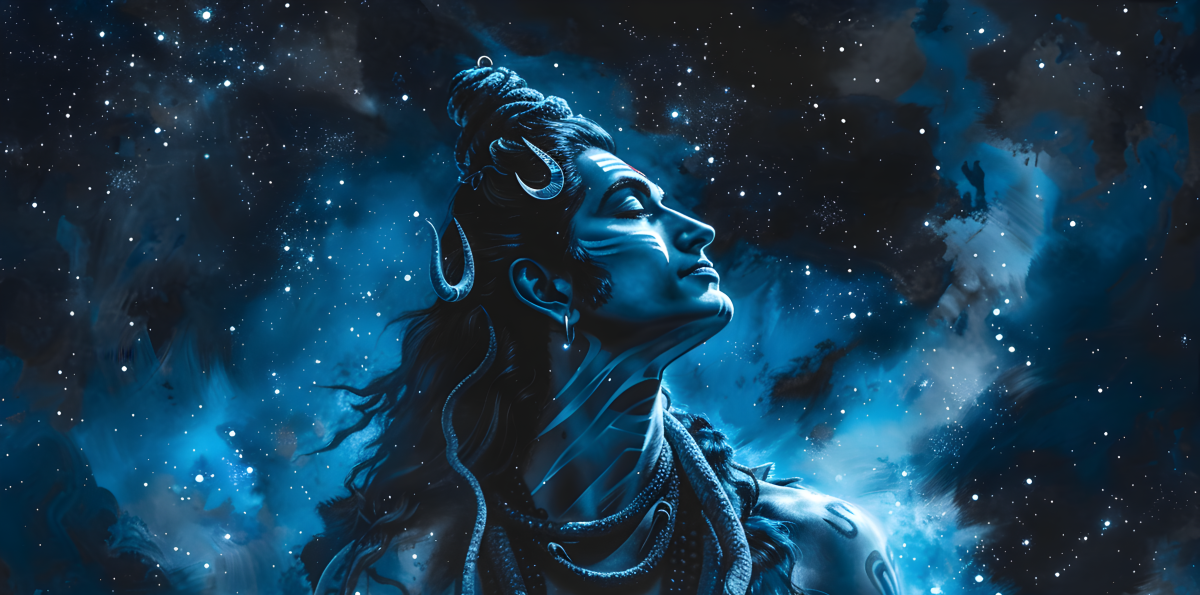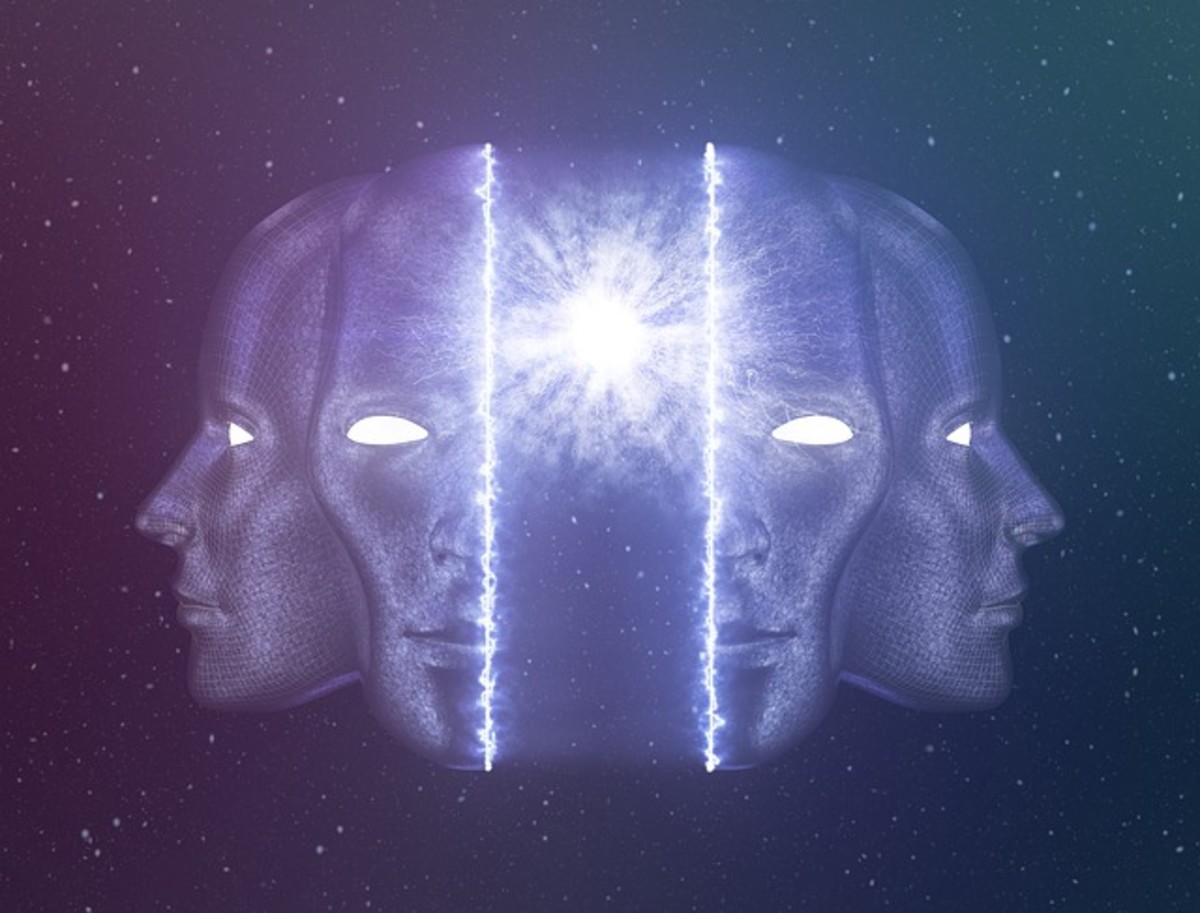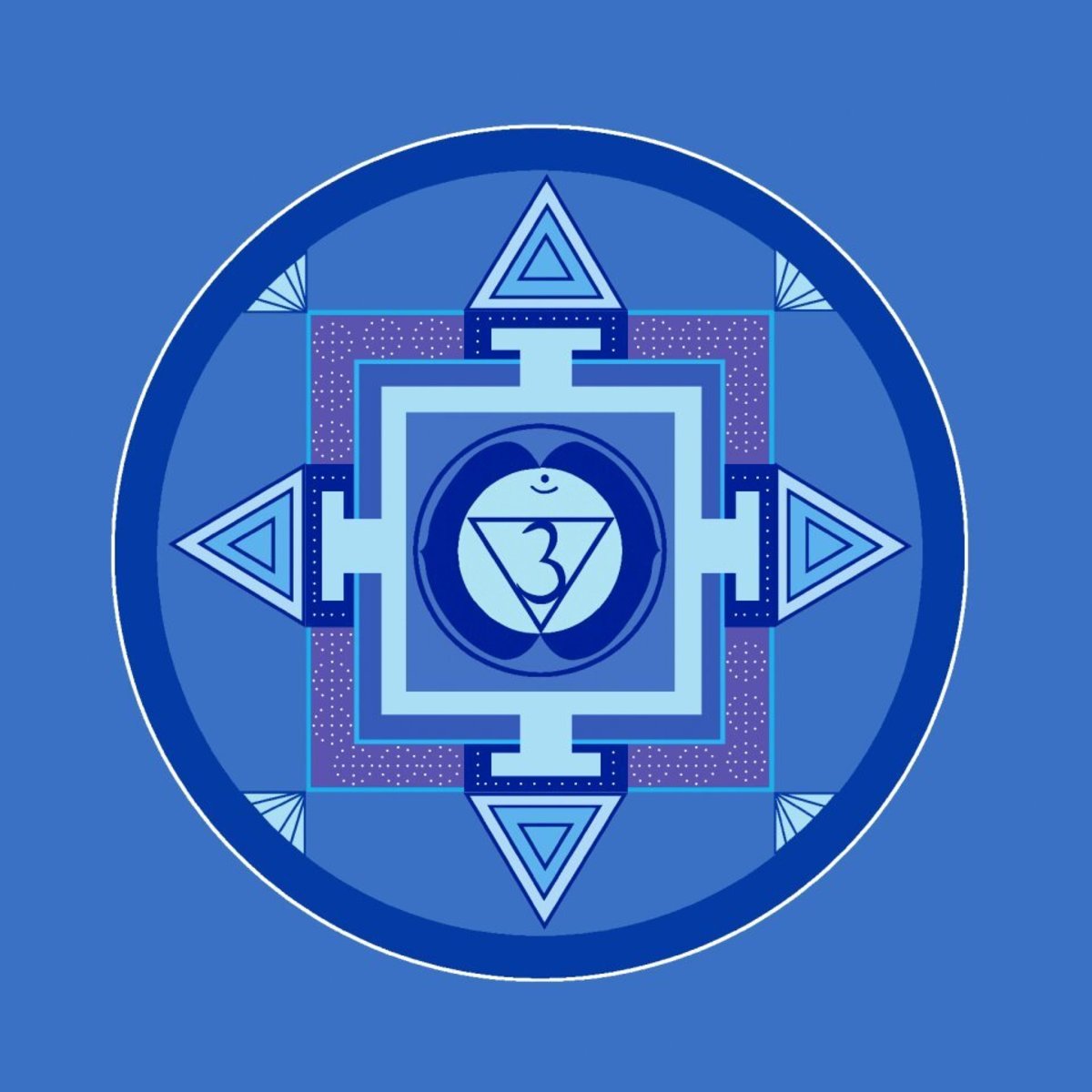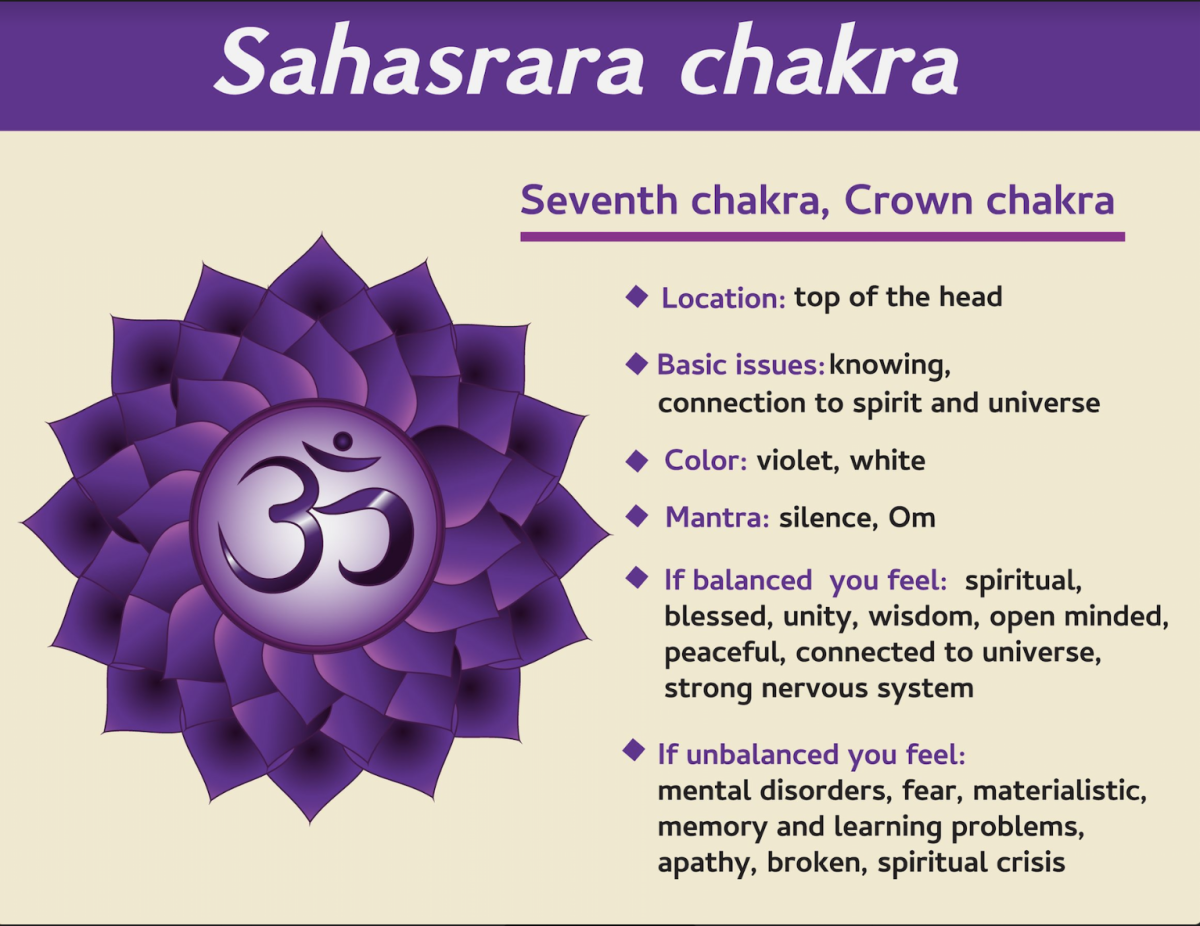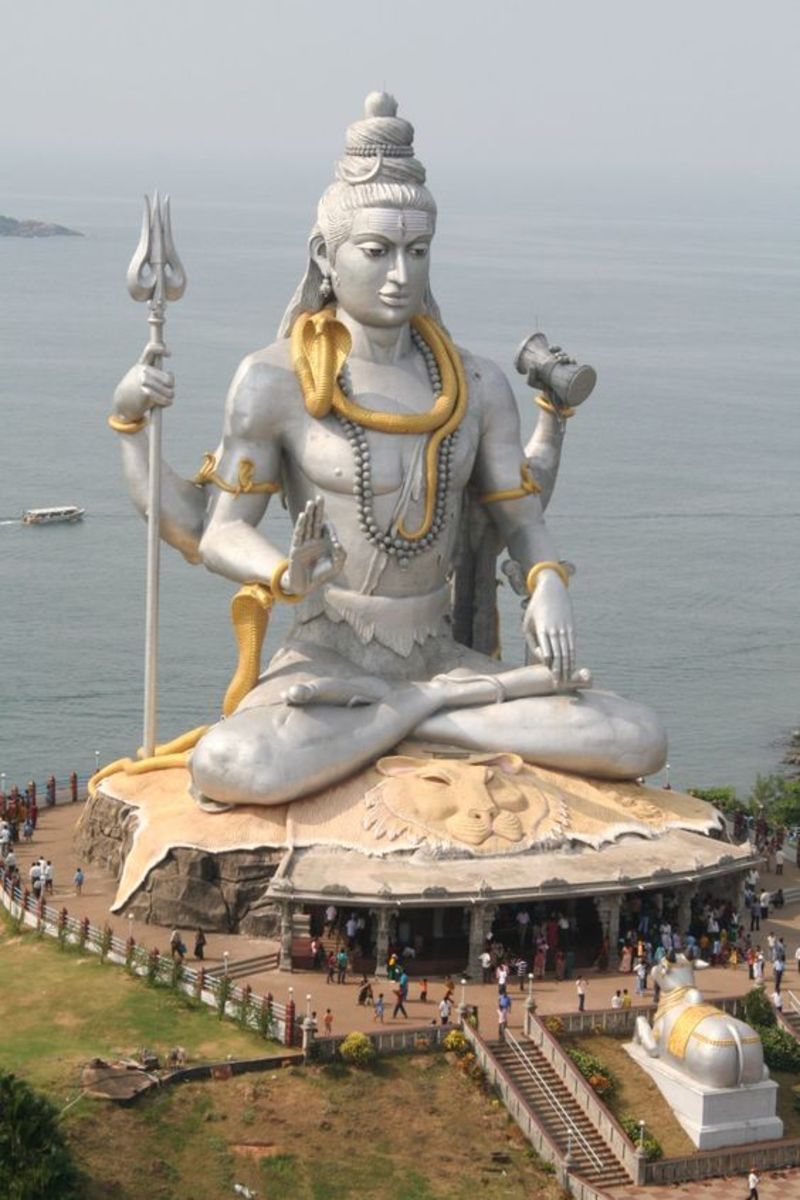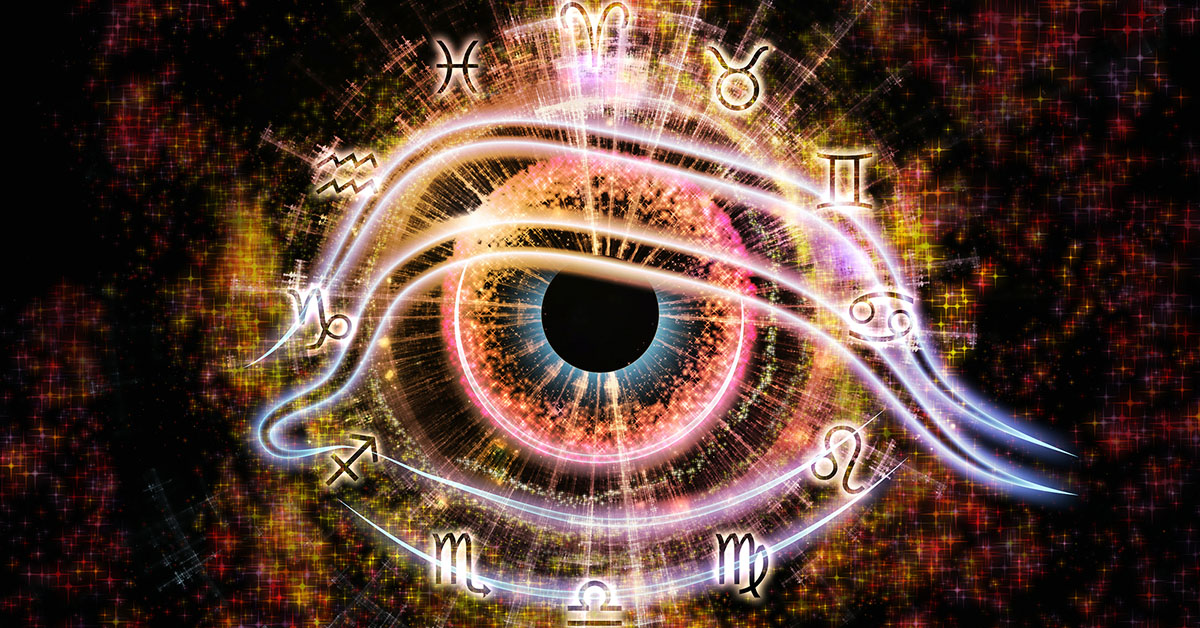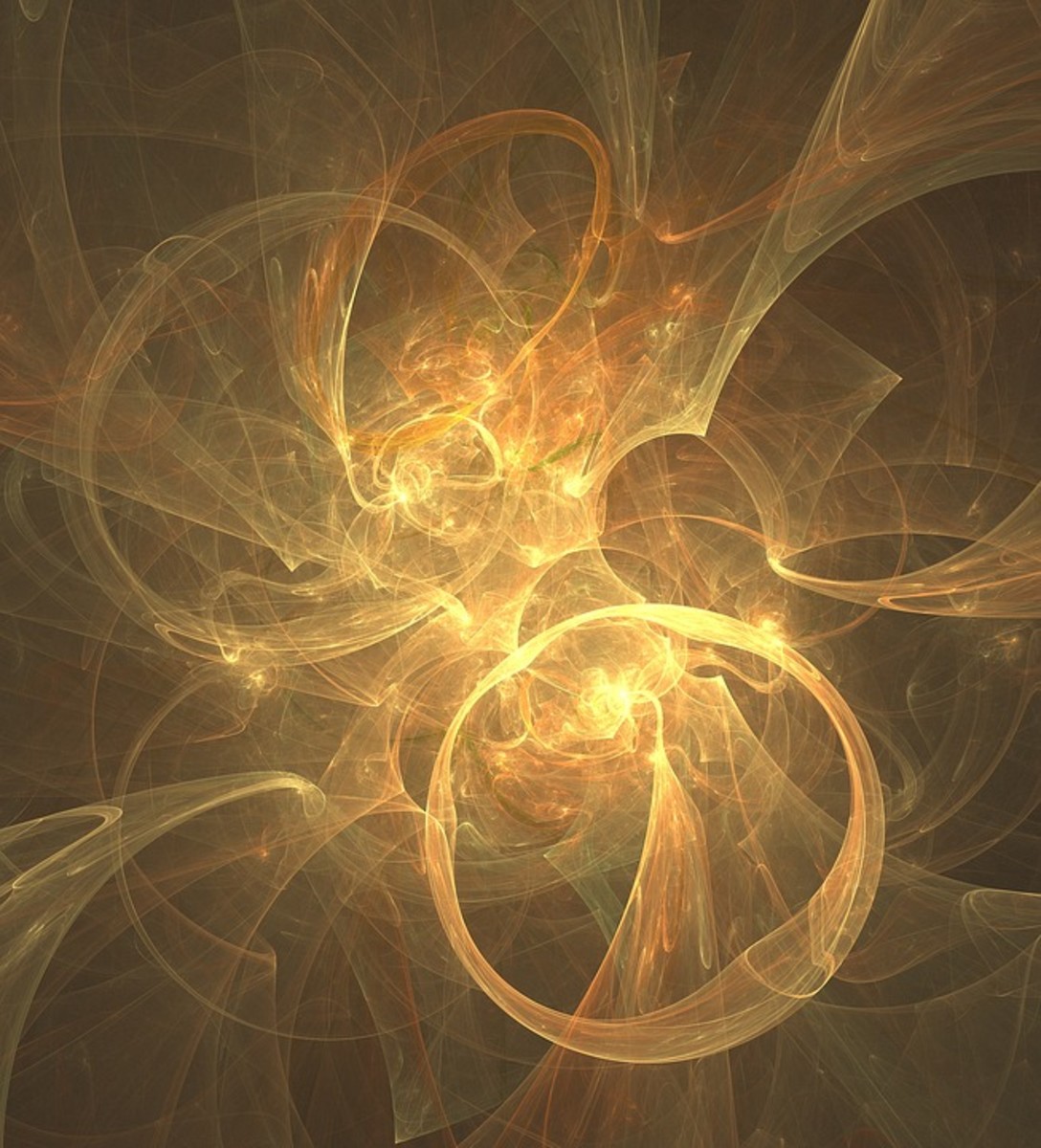Opening the Third Eye: Practices for Awakening Inner Vision

The Third Eye: A Portal to Inner Vision and Sacred Knowing
The third eye—revered as the Ajna chakra in yogic tradition—is far more than a mystical metaphor or esoteric symbol. It is the seat of intuitive perception, a luminous center of consciousness that allows us to see beyond the veil of material reality and into the subtle dimensions of truth, spirit, and soul. Nestled between the eyebrows, this energy vortex is often linked to the pineal gland, a tiny crystalline organ deep within the brain that responds to light and regulates our circadian rhythms. But in metaphysical and Pagan traditions, the third eye is also a gateway: a liminal space where dreams, archetypes, and ancestral wisdom converge.
To open the third eye is not to summon instant clairvoyance or supernatural prowess. It is a devotional unfolding—a slow, sacred process of attuning to the unseen, cultivating inner stillness, and learning to trust the quiet voice within. This awakening is less about spectacle and more about subtlety: the way moonlight softens shadow, the way a whisper carries truth.
In Wiccan and Pagan cosmologies, the third eye is often activated through ritual, elemental alignment, and communion with the divine. It is the eye of the seer, the oracle, the healer. It sees not just what is, but what could be—what has been forgotten, and what longs to be remembered.
Below are practices to awaken this sacred center. Each one is a ritual of remembrance, a poetic invitation to reclaim your inner sight and walk the world with deeper clarity, reverence, and magic.

1. Meditation Focused on the Brow Point
Begin by settling into a comfortable position—whether seated cross-legged on a cushion, nestled in a cozy chair, or grounded on the earth beneath you. Let your spine rise like a sacred pillar, gently aligning heaven and body.
Close your eyes slowly, as if drawing a veil over the outer world. Invite your awareness inward, toward the space between your eyebrows—the sacred brow point, the seat of your inner vision.
Now, imagine a soft indigo light pulsing gently at this center. It glows like a distant star, rhythmic and alive. With each inhale, see this light expand—radiating outward like ripples on a still pond. With each exhale, feel it deepen, drawing you into its quiet mystery.
You may choose to chant “OM,” the primordial sound of creation, or “SHAM,” the bija mantra of the Ajna chakra. Let the vibration resonate through your skull, awakening subtle frequencies and dissolving mental noise.
As you continue, notice how the mind begins to soften. Thoughts drift like clouds, no longer clinging. You are not trying to see—you are allowing yourself to be seen by the inner eye.
This practice is not merely visualization. It is a ritual of attunement, a way of listening to the silence beneath thought. It opens the door to subtle realms—intuition, ancestral memory, and the quiet wisdom that lives beyond logic.
Stay here as long as you feel called. When you return, do so gently, carrying the indigo flame within you like a lantern of insight.

2. Essential Oils & Anointing Rituals
Begin by selecting sacred oils known to harmonize the third eye chakra—sandalwood for grounding and spiritual clarity, frankincense for divine connection, lavender for intuitive calm, and myrrh for ancestral depth. These botanicals have long been revered in Pagan, Wiccan, and Ayurvedic traditions for their ability to bridge the physical and metaphysical realms.
Warm a single drop between your fingertips, blessing it with intention. Then, gently anoint the space between your eyebrows—the seat of your inner vision—with reverence. Avoid direct contact with the eyes, and treat this act as a ceremonial offering to your own wisdom.
Close your eyes and inhale deeply. Let the aroma rise like incense through your senses, softening the veil between thought and knowing. As the scent unfurls, speak or silently hold an intention: “May I see with clarity. May I trust what arises. May my vision be sacred.”
This ritual is more than aromatherapy—it’s a communion. The oils act as plant allies, awakening subtle energies and guiding you inward. Their fragrance becomes a bridge to meditative states, lucid dreaming, and intuitive insight.
Repeat this practice before meditation, dreamwork, or divination. Over time, the scent itself becomes a signal to your soul: a reminder that you are entering sacred space, ready to receive.

3. Crystal Companions
Begin your meditation by inviting the presence of stones long revered for their connection to the third eye. Choose one that calls to you intuitively—perhaps the gentle clarity of amethyst, the ancient wisdom of lapis lazuli, or the deep truth-bearing resonance of sapphire. Each carries a unique vibration, a signature of elemental memory and metaphysical power.
Lie down or sit comfortably, and gently place the chosen crystal upon your brow point—the sacred space between your eyebrows, known in yogic and esoteric traditions as the Ajna chakra. This is the seat of inner sight, the gateway to intuitive knowing and spiritual perception.
Close your eyes and breathe deeply. As you settle into stillness, visualize the crystal’s energy merging with your own. See its color—indigo, violet, or deep blue—radiating outward in concentric waves, harmonizing with your inner vision. Let its vibration dissolve mental fog, awaken subtle awareness, and open the door to symbolic insight.
You may feel warmth, tingling, or a sense of spaciousness. Trust what arises. These sensations are signs of energetic attunement, a dialogue between your body and the mineral kingdom.
Outside of meditation, you can wear these stones as jewelry, carry them in a pouch, or place them on your altar as guardians of clarity and truth. Over time, they become allies—amplifying your intuitive frequency and anchoring your spiritual practice in the language of the earth.
Crystals are not passive objects; they are ancient beings encoded with memory and intention. When invited into ritual, they help you listen more deeply, see more clearly, and walk the path of the seer with reverence.

4. Trataka (Candle Gazing)
Begin by entering sacred space—whether it’s a quiet corner of your home, a moonlit altar, or a circle cast with intention. Light a single candle, choosing one whose color or scent aligns with your purpose. Indigo or violet candles are especially resonant with the third eye chakra, though any flame will do when lit with reverence.
Place the candle at eye level, about an arm’s length away. Sit comfortably with your spine gently upright, and soften your gaze until your eyes rest fully upon the flame. Let your blinking slow, then cease altogether, as you enter a state of still, unwavering observation.
Gaze into the flame for several minutes. Notice its dance—how it flickers, bends, and breathes. Allow your awareness to merge with its rhythm, as if the flame were a mirror reflecting your own inner light.
When your eyes begin to water or tire, gently close them. In the darkness behind your lids, visualize the flame glowing in your mind’s eye. See it pulsing at the brow point, illuminating the space between thought and intuition. Let it burn away distraction, illuminating the path inward.
This practice, known as Trataka in yogic tradition, is more than a concentration exercise. It is a ritual of purification and awakening—a way to cleanse the mental field and stimulate the Ajna chakra. Over time, it sharpens inner focus, deepens meditative states, and opens the gateway to subtle perception.
You may pair this ritual with breathwork, mantra, or journaling to integrate the insights that arise. Trataka is especially powerful during liminal hours—dawn, dusk, or under the waxing moon—when the veil between worlds is thin and the flame speaks in symbols.

5. Dreamwork & Lucid Dreaming
The dream realm is not merely a landscape of subconscious fragments—it is a sacred terrain where the soul speaks in symbols, archetypes, and intuitive whispers. For those seeking to awaken the third eye, dreamwork becomes a nightly pilgrimage into the unseen, a place where inner sight is not only possible but profoundly alive.
Begin by placing a dream journal beside your bed—a beautiful notebook, perhaps adorned with lunar motifs or ancestral symbols. This simple act signals to your psyche that dreams are sacred, worthy of remembrance and reflection. Upon waking, record everything: images, emotions, fragments of dialogue, even the feeling tones that linger. Over time, patterns emerge, and the language of your inner world becomes clearer.
During the day, practice reality checks—gentle rituals that build dream awareness. Ask yourself, “Am I dreaming?” Look at your hands, read a line of text twice, or observe your surroundings for surreal shifts. These habits, repeated with intention, carry into the dreamscape and can trigger lucidity—a state where the dreamer becomes conscious within the dream.
Before sleep, set a clear intention. Whisper it like a spell: “Tonight, I remember. Tonight, I receive.” You may anoint your brow with lavender or mugwort, place amethyst beneath your pillow, or call upon a spirit guide to walk with you through the veil.
The dreamscape is fertile ground for third eye activation. It offers intuitive downloads, ancestral messages, and symbolic keys to your waking life. Here, the veil thins, and the inner eye opens—not with force, but with reverence.

6. Nature Immersion & Present-Moment Awareness
Step beyond the walls of constructed life and enter the living temple of nature. Whether it’s a forest trail, a desert expanse, a garden corner, or a windswept field, the earth offers a sanctuary for intuitive awakening—a place where the third eye does not need to be summoned, only remembered.
Walk slowly. Let your feet kiss the ground with intention. This is not a stroll—it is a pilgrimage. As you move through the landscape, soften your gaze and open your senses. Notice the fractal geometry of leaves, the way shadows stretch across stone, the rhythm of birdsong echoing through the air. These are not random details—they are messages, patterns, and frequencies speaking in the language of the unseen.
Pause often. Sit beneath a tree or beside a stream. Close your eyes and let your inner vision rise. Ask your third eye to interpret what your physical eyes cannot. What does the wind carry? What story does the moss tell? What memory lives in the scent of rain?
Nature is a living oracle, encoded with ancestral wisdom and elemental truth. The rustle of branches, the spiral of a snail shell, the shimmer of dew—all are invitations to see beyond surface and into soul. Your third eye, when attuned, reads this language fluently. It perceives the symbolic, the sacred, the cyclical.
To deepen this communion, you may bring offerings—herbs, stones, whispered prayers—or create a nature altar where you return regularly. Over time, the veil between you and the earth thins. You begin to dream with the land, to receive visions not as fantasy, but as guidance.
This is not escapism. It is re-enchantment. It is remembering that the world is alive, and that your inner sight was never lost—only waiting to be invited back into conversation.

7. Creative Flow States
Enter the realm of creation not as a performer, but as a channel. Whether through painting, writing, music, or dance, allow your body and spirit to become vessels for what longs to be expressed. These acts are not hobbies—they are sacred rituals, portals through which the subconscious speaks, and the third eye begins to stir.
Choose your medium with reverence. Dip your brush into color as if stirring ancestral memory. Let your pen move across the page like a wand casting spells. Sing or hum without structure, letting sound rise from the belly of emotion. Move your body in spirals, shivers, or stillness—whatever the moment calls forth.
Do not plan. Do not edit. Let intuition guide your hand, your voice, your limbs. This is not about technique—it is about transmission. Notice what symbols emerge, what colors dominate, what themes repeat. These are messages from the inner eye, fragments of insight rising from the depths.
As you create, you enter a liminal space—a trance of presence where the veil between conscious and unconscious thins. Here, intuitive downloads surface organically. You may receive visions, emotional clarity, or archetypal patterns that echo through your work.
To deepen the ritual, you might light a candle, anoint your brow with lavender or mugwort, or place a crystal nearby. You may even dedicate your creative session to a specific intention: clarity, healing, ancestral connection, or spiritual guidance.
Over time, your creative practice becomes a devotional path—a way of listening to the soul, of seeing with the eye that does not blink. The third eye opens not with force, but with flow.
Integration & Safety
Opening the third eye is not merely a mystical milestone—it is a profound shift in perception, a reorientation of how we experience reality. As this sacred center begins to stir, you may find yourself flooded with vivid dreams, heightened emotional sensitivity, and an intensified awareness of subtle energies. Symbols may speak louder, synchronicities may multiply, and the veil between seen and unseen may feel thinner than ever.
This awakening, while beautiful, can also feel disorienting. The body may respond with fatigue, the heart with unexpected emotions, and the mind with a flood of impressions. These are not signs of imbalance—they are invitations to slow down, to integrate, to listen.
Grounding becomes essential. It is the ritual of returning to earth, of anchoring the soul’s expansion in the body’s wisdom. Walk barefoot on soil or stone, letting the earth recalibrate your energy. Nourish yourself with warm, whole foods—root vegetables, herbal infusions, and meals prepared with intention. Surround yourself with loved ones, laughter, and gentle touch. These acts are not distractions—they are medicine.
Listen deeply to your body and intuition. If the experience feels overwhelming, pause. There is no rush, no finish line. The third eye opens like a flower—in its own time, in its own way. You may close the practice for a day, a week, or longer. You may return when the soul feels ready.
Integration is not a detour—it is the path. To awaken is to remember, and to remember is to root that knowing in the rhythms of daily life. Let your awakening be gentle, embodied, and sacred.
Final Reflection
The third eye is more than a chakra—it is a poetic metaphor, a mythic lens through which the soul perceives truth beyond the veil. It is the eye that dreams, remembers, and recognizes the sacred in the ordinary. In Pagan, Wiccan, and esoteric traditions, it is the gateway to subtle realms, a compass for inner knowing, and a mirror reflecting the divine within.
To awaken the third eye is not to chase visions or unlock hidden powers—it is to soften into presence, to listen with the whole body, and to trust the quiet stirrings of intuition. Whether you seek clarity in your path, connection to ancestral wisdom, or creative inspiration that flows like moonlit water, these practices are invitations—not instructions. They ask you to return to yourself, to honor the mystery, and to walk with reverence.
This journey is not linear. It is cyclical, spiral, and deeply personal. Awakening is not a destination to be reached, but a deepening to be lived—a continual unfolding of perception, insight, and soul remembrance.
Let your third eye be not just a center of energy, but a sacred metaphor for how you move through the world: with wonder, with wisdom, and with the courage to see what lies beneath the surface.
This content is accurate and true to the best of the author’s knowledge and is not meant to substitute for formal and individualized advice from a qualified professional.
© 2025 Erin K Stewart

